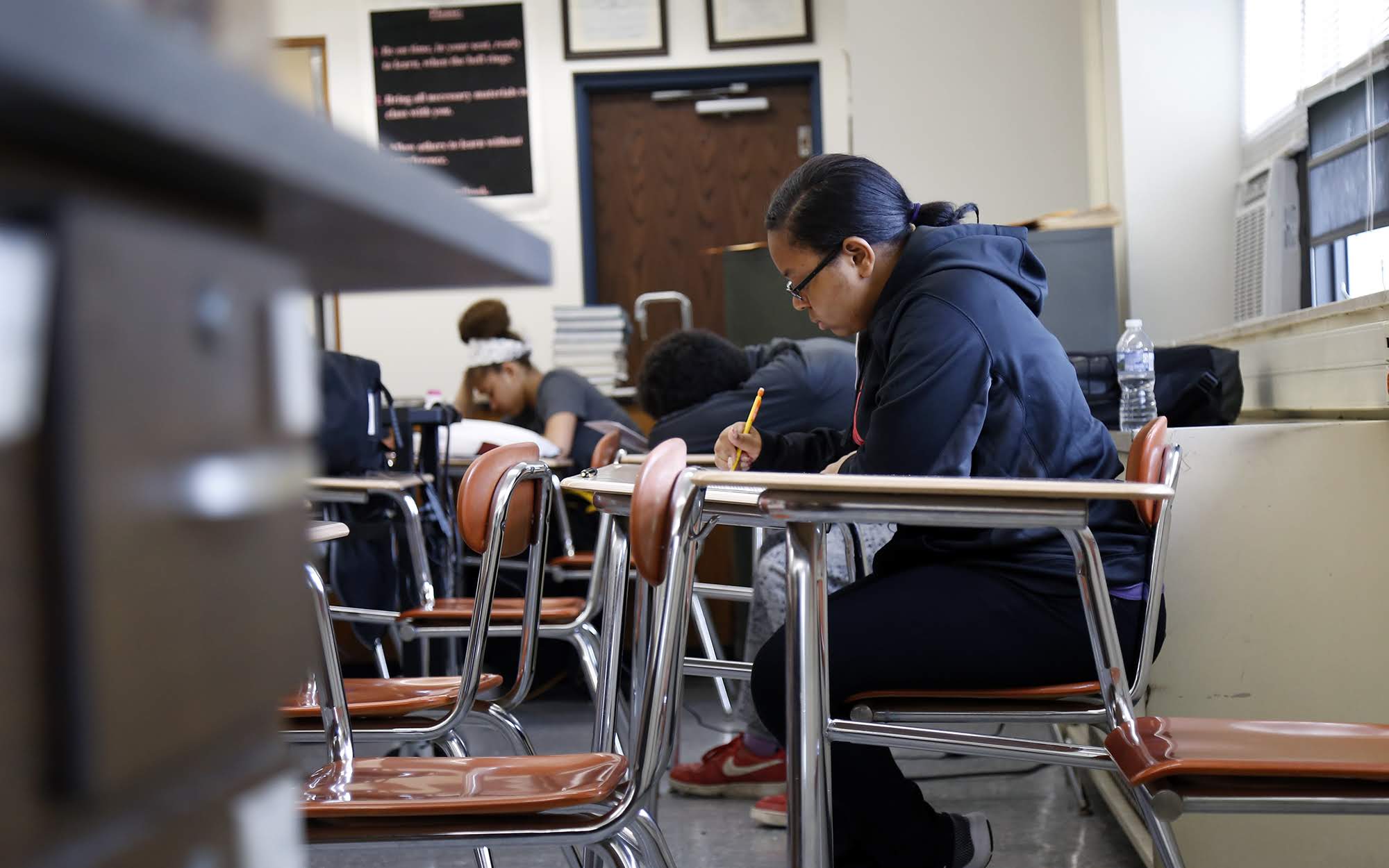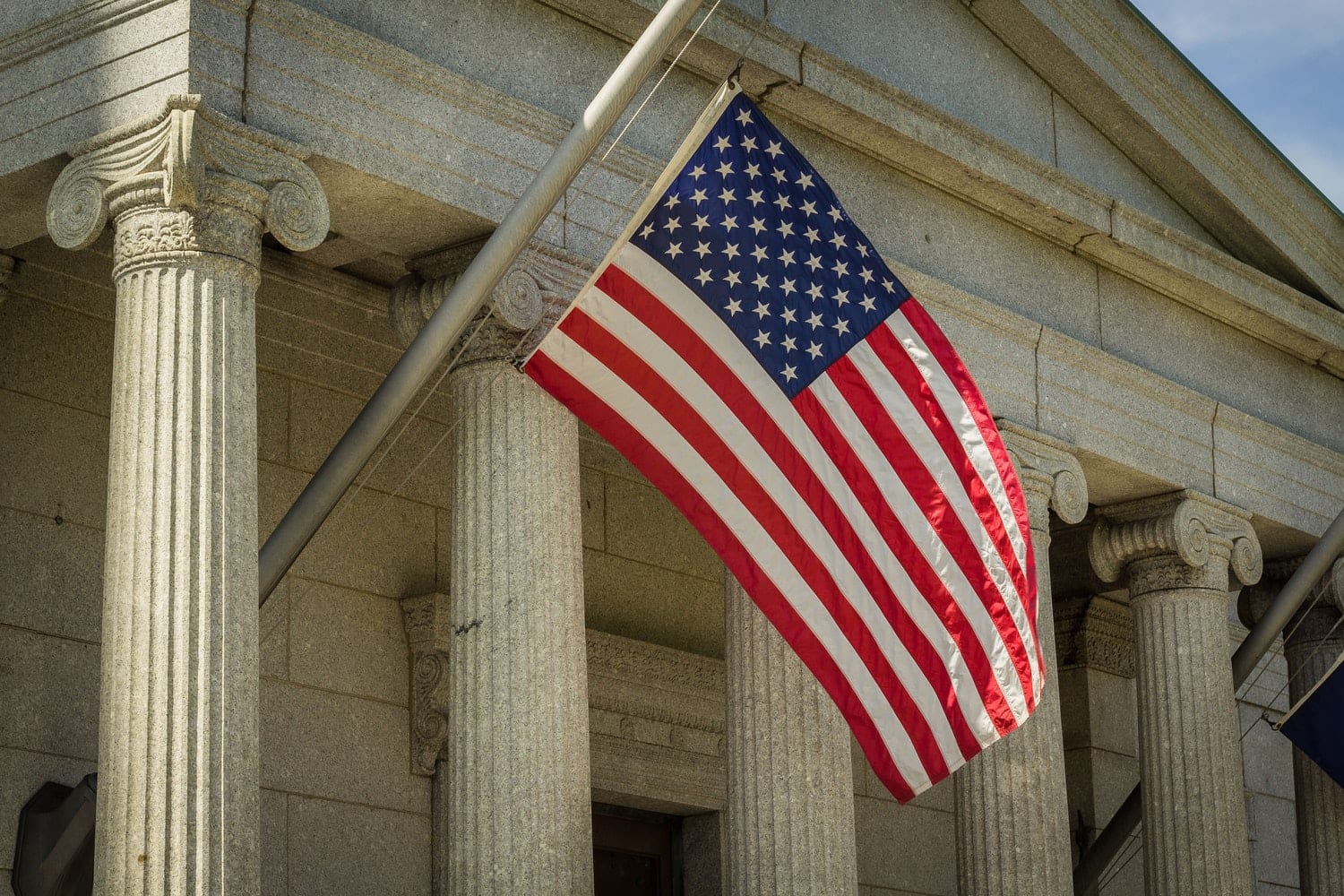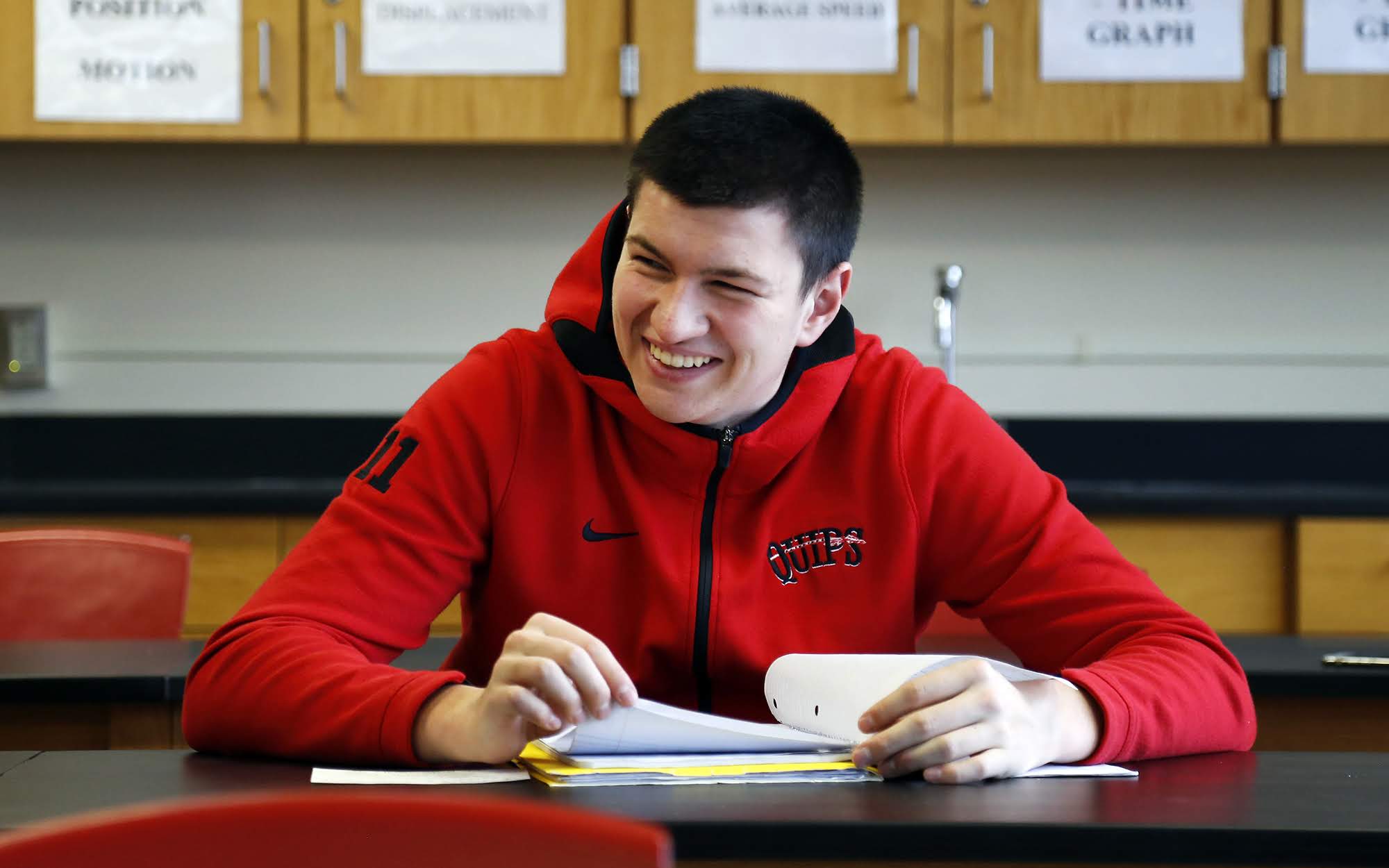Part of the PublicSource series
Failing the Future
A lawsuit pending in Pennsylvania Commonwealth Court has the potential to significantly change the way the state funds schools.
The plaintiffs, including six school districts, have sued the Pennsylvania Department of Education, governor and other state officials, seeking to throw out the current school funding system and spur the creation of a new one that would provide equitable funding to districts.
It’s a move that could significantly change the course of education for students in financially struggling districts…
At present, much of school funding in Pennsylvania depends on property taxes, so districts in more affluent areas can bring in more money. As a result, students in some districts have state-of-the-art technology and a wide array of courses, but those in other districts, sometimes located side by side, are working with paper and pencil and have limited access to courses beyond the basics.
The effects of inequitable education are measurable by academic achievement. In the 2012-13 school year, more than 300,000 of the roughly 875,000 students tested in Pennsylvania were not able to meet the state academic standards on the Pennsylvania System of School Assessment exams, the lawsuit states.
On the 2013 Keystone Exams, 36 percent of students scored below proficiency on algebra I, 25 percent on literature and 55 percent on biology, according to the lawsuit.
If the plaintiffs are successful, it would likely mean that they’ve convinced the court to order the state Legislature to create a new funding formula, one that recognizes that students in different communities require different levels of state funding to meet academic standards.

On Nov. 20, 2017, Clairton Elementary School student Brian Arias (center left) chats with friend Noah Clonan (center right) of Jefferson Elementary School as they and other students participate in the Pittsburgh Public Theater’s Creative Dramatics program, where kids from two districts of different socioeconomic backgrounds have the opportunity to learn an adaptive Shakespearean work, rehearse and perform together, tour each other’s schools and get to know one another.
(Photo by Ryan Loew/PublicSource)
As a possible solution, the court complaint suggests that the state raise funds for education through new tax sources to distribute across districts and, thereby, reduce and eventually erase inequities.
It’s a move that could significantly change the course of education for students in financially struggling districts because it aims to close the funding and opportunity gaps between rich and poor schools.
Related: Two adjacent districts. Different academic worlds. The story of Sto-Rox and Montour.
Here’s what you need to know:
Case name: William Penn School District, et al v. Pennsylvania Dept. of Education, et al
November 2014 — The William Penn School District, et al v. Pennsylvania Dept. of Education, et al was filed on behalf of six school districts, parents, students, the Pennsylvania Association of Rural and Small Schools and the Pennsylvania NAACP. The lawsuit argues that the Pennsylvania Constitution requires the Legislature to “provide for the maintenance and support of a thorough and efficient system of public education to serve the needs of the Commonwealth.”
The suit claims the state violates that provision by underfunding schools.
It also claims the way schools are currently funded, largely through local property taxes, denies educational opportunities to students in districts with low-income residents and low property values “have created gross funding disparities among school districts.”
The lawsuit named the governor, legislative leaders, the secretary of education and the state Board of Education as defendants.
To remedy the situation, the lawsuit asks the court to declare the current funding system unconstitutional and to order the state to establish a new funding system that is adequate and equitable to all districts.
April 2015 — The Commonwealth Court dismissed the petition, calling its claims “nonjusticiable political questions.”
May 2015 — The plaintiffs filed an appeal to the Pennsylvania Supreme Court.
September 2017 — The Pennsylvania Supreme Court ordered the case back to Commonwealth Court to hold a trial on whether state officials are violating the state’s Constitution.
January 2018 — Gov. Tom Wolf filed a response in Pennsylvania’s school funding lawsuit, abandoning preliminary objections previously filed by the administration and urging the court to ensure the case moves to trial “expeditiously.”
May 2018 — The Commonwealth Court threw out most preliminary objections to the case, essentially paving the way for it to head to trial.
What’s next: Lawyers from the Education Law Center in Pittsburgh and Philadelphia as well as the Public Interest Law Center hope the hearing will take place at some point in 2019, though the actual timing is unclear.
This summer, state Sen. Joe Scarnati, a defendant in the suit, and Gov. Tom Wolf, filed briefs arguing over whether the case is moot or not. Scarnati’s brief claimed the Fair Funding Formula enacted in 2016 makes the case moot. There was a different funding formula when the lawsuit was filed in 2014. Wolf’s brief argued that because the new formula only applies to new state funding, the inequities outlined in the lawsuit persist.
On Aug. 20, the Commonwealth Court denied Scarnati’s application for mootness. The date for a trial is still not known.
*The story was updated on Aug. 20, 2018, to reflect a new development in the case.
Mary Niederberger covers education for PublicSource. She can be reached at 412-515-0064 or mary@publicsource.org.
This story was fact-checked by Oliver Morrison.
This project has been made possible with the generous support of The Grable Foundation and the Education Writers Association.



